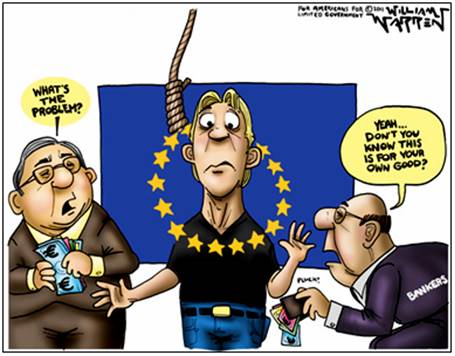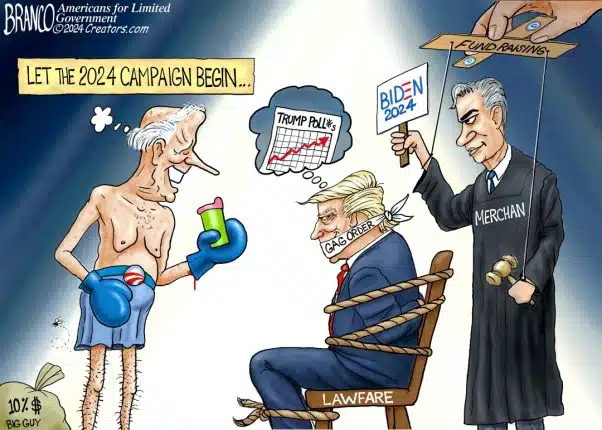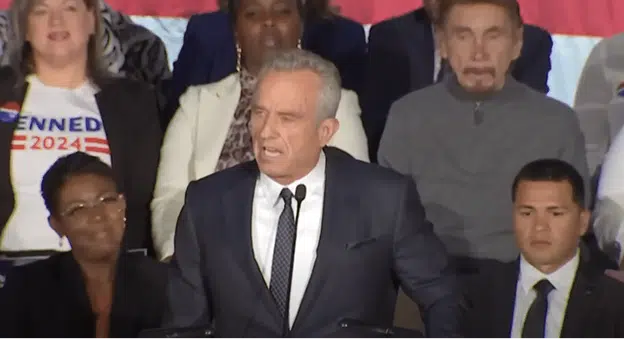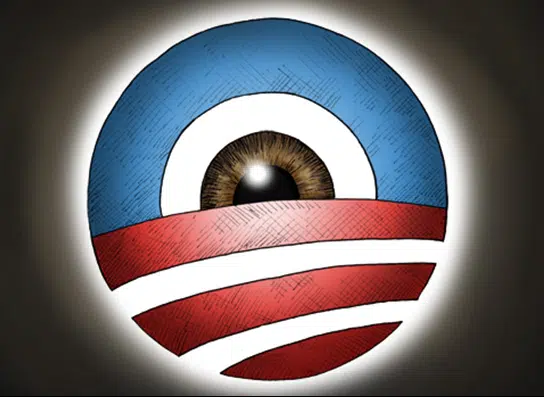“[T]he idea is the lower the interest rate the better it is for investors.”
That was Federal Reserve Vice Chairman Stanley Fischer on Bloomberg TV attempting to put a happy face on negative interest rates, promising based on a very narrow historical dataset — negative interest rates have only been attempted on a large scale for a couple of years now in Europe and Japan — that “typically they go along with quite decent equity prices.”
An obvious question might be what will be the case for negative interest rates when equity prices fall, as they invariably do from time to time?
In the meantime, Fischer dismissed the very real concerns of savers who essentially have nothing to gain and everything to lose with negative interest rates, saying, “If you’re a saver, they’re very difficult to deal with and to accept. But we have to make trade-offs in economics all the time…”
Because it’s a tax on savings. It will also be a subsidy for borrowing, so the winners in negative interest rates are those with the largest shares of debt, including governments, which will be paid to borrow.
Coupled with Fed Chair Janet Yellen’s May 10 declaration that “I would not completely rule out the use of negative interest rates in some future very adverse scenario,” it would certainly appear that the top brass at the nation’s central bank are speedily preparing the American people and the financial sector for the stark reality of negative interest rates.
What was once unthinkable now may be all but inevitable.
But what is really scary is what negative interest rates actually appear to forecast, which is outright deflation and no economic growth. That is, a general fall in asset prices where things become less attractive to buy over time, since they might be cheaper to get in the future, which forestalls purchases.
Because the only way negative rates make sense is if the negative rate is slightly higher than the deflation rate, creating a spread. That is, as long as lenders are losing money at a slower rate than the deflation rate.
This has to do with the linear relationship between interest rates and inflation. When inflation is high, interest rates tend to be high. And when inflation is low, so too do rates follow.
Which is bad, because right now, there is no inflation. In July, prices were unchanged, reports the Bureau of Labor Statistics. Even when you subtract out food and energy, so-called core inflation, prices barely budged, only growing at 0.1 percent for the month.
To be fair, items less food and energy the past 12 months have grown 2.2 percent, but it’s a mixed bag. While transportation, shelter, medical services and medical commodities have been spiking, the price of new vehicles is unchanged the past year and the price of used vehicles is down almost 4 percent. Apparel is virtually unchanged, only growing 0.3 percent the past year. Commodities besides food and energy are down 0.6 percent.
2 percent inflation used to be the standard expectation in a growing economy, but no more. Now there are hardly any inflation expectations except apparently in the growing field of senior health care, or growth expectations for that matter as the economy is only growing at an inflation-adjusted 0.9 percent annualized so far this year.
That will become the rationale for negative rates. If high rates can squelch inflation, then surely negative rates can cause it, supporters will argue. Further, the argument will be made that going negative will make holding bonds less attractive — because in a negative rate world lending money costs interest rather than earning it — and incentivize buying stocks, as Fischer does in his statement.
It won’t work.
Because it’s all nonsense. There is no replacement for economic growth, the true cure for what ails the economy. Lower interest rates do not cause economic growth. Just look at the past 10 years, where growth has not gotten above 3 percent despite record low interest rates. But don’t be fooled. Market interest rates are reflecting the reality that growth is slow, not causing it.
Negative rates are forecasting negative growth. And there’s little reason to assume other asset prices, like equities, won’t eventually follow.
And, at the risk of being controversial, higher interest rates by the Fed cannot even stop inflation. The fact is, inflation was already dropping in 1981 even as the Federal Reserve was still hiking rates. High market interest rates were not caused by the Federal Funds Rate per se — all they’re doing is setting the low rate that banks borrow at — they were a market response to the inflation. Lenders, including the Fed, were demanding a higher rate of return to keep ahead of the inflation. And it was only prudent to lower rates once the inflation rate had quieted down.
Besides the cause of the inflation was a combination of coming off the gold standard and the population explosion after World War II that led to extremely high demand, not low interest rates.
In other words, interest rates are always a reflection of current market conditions. If they go negative, it will be because we are entering deflationary, zero-growth conditions and, importantly, the market demanded it — not because the Fed said so. And if they do go negative, watch out.
Robert Romano is the senior editor of Americans for Limited Government.








